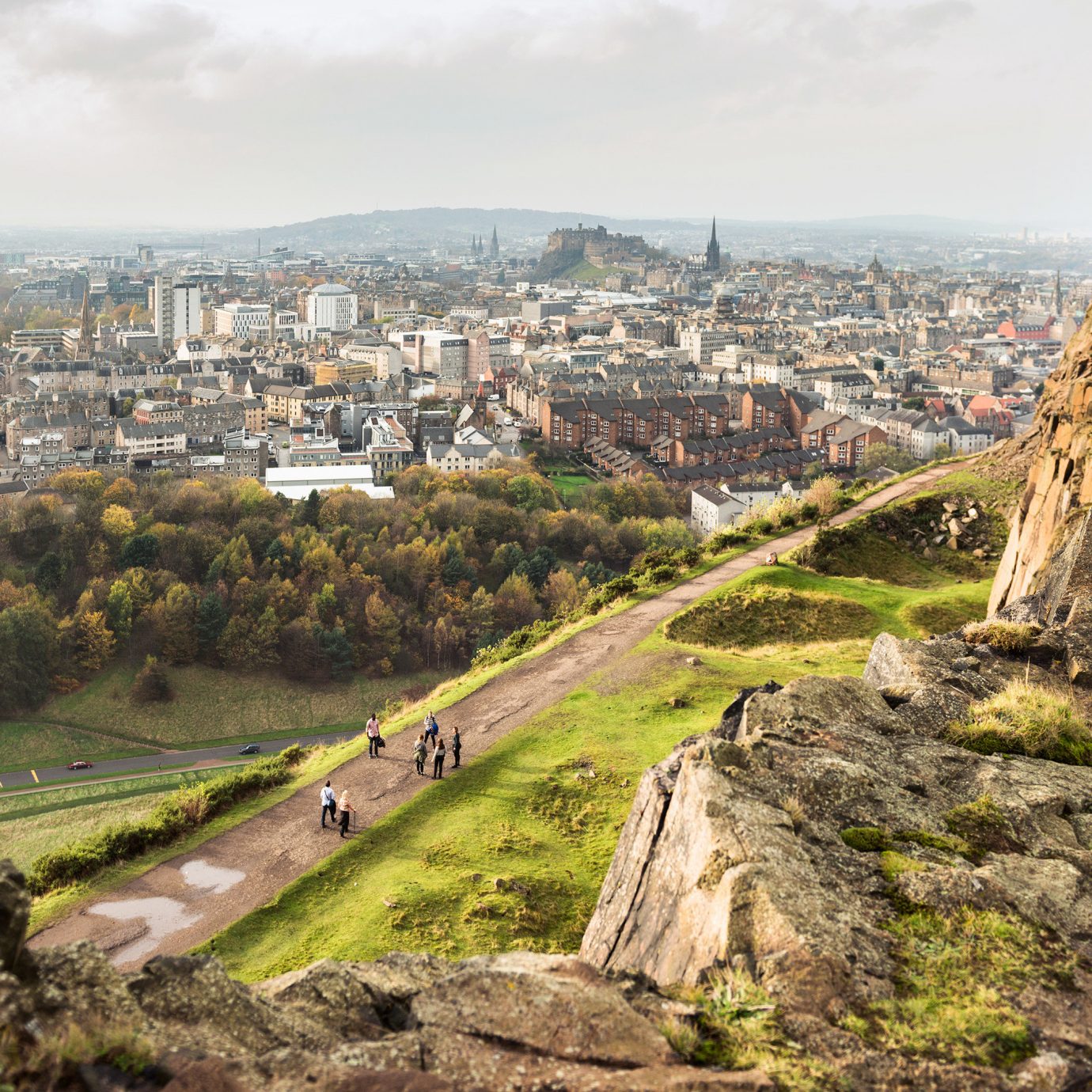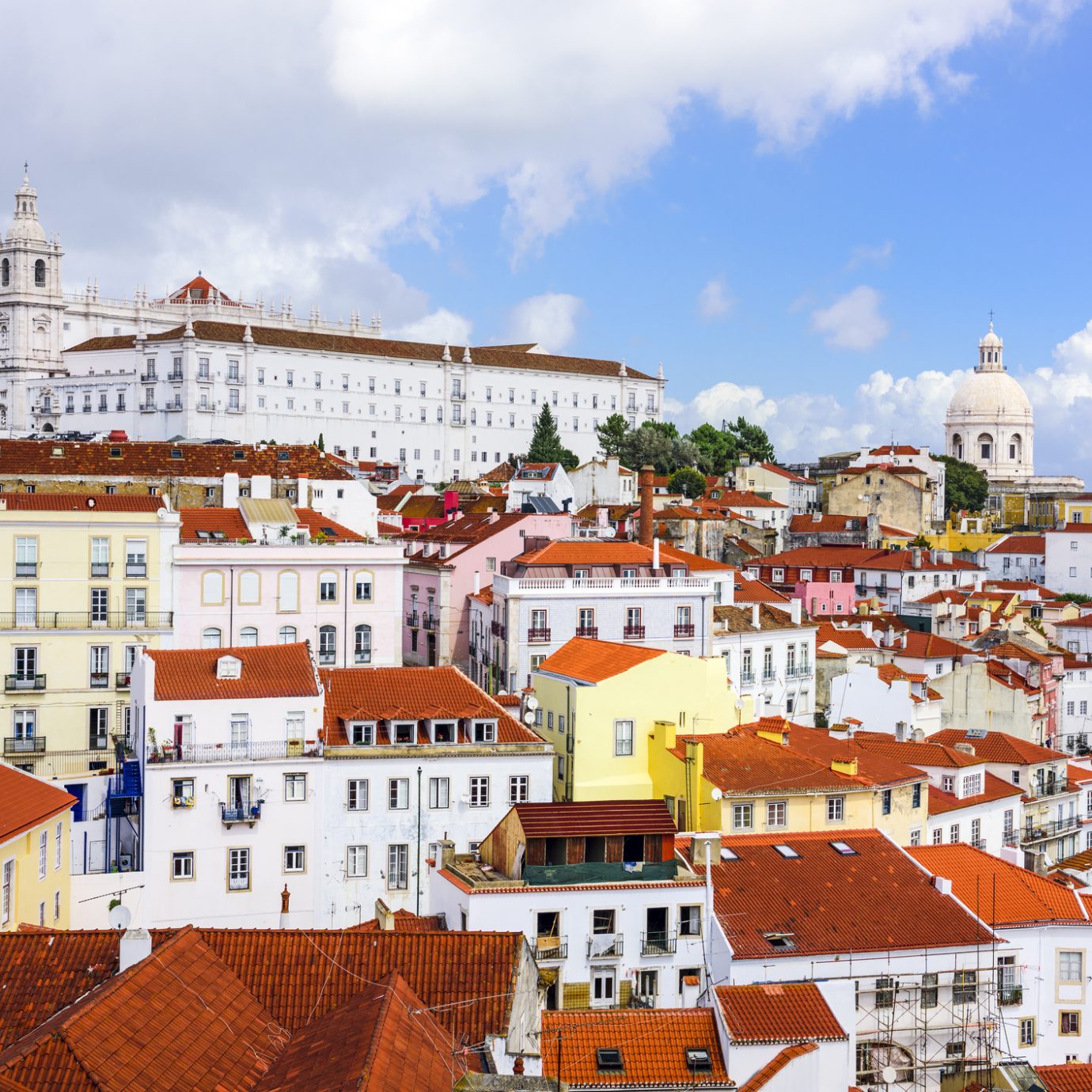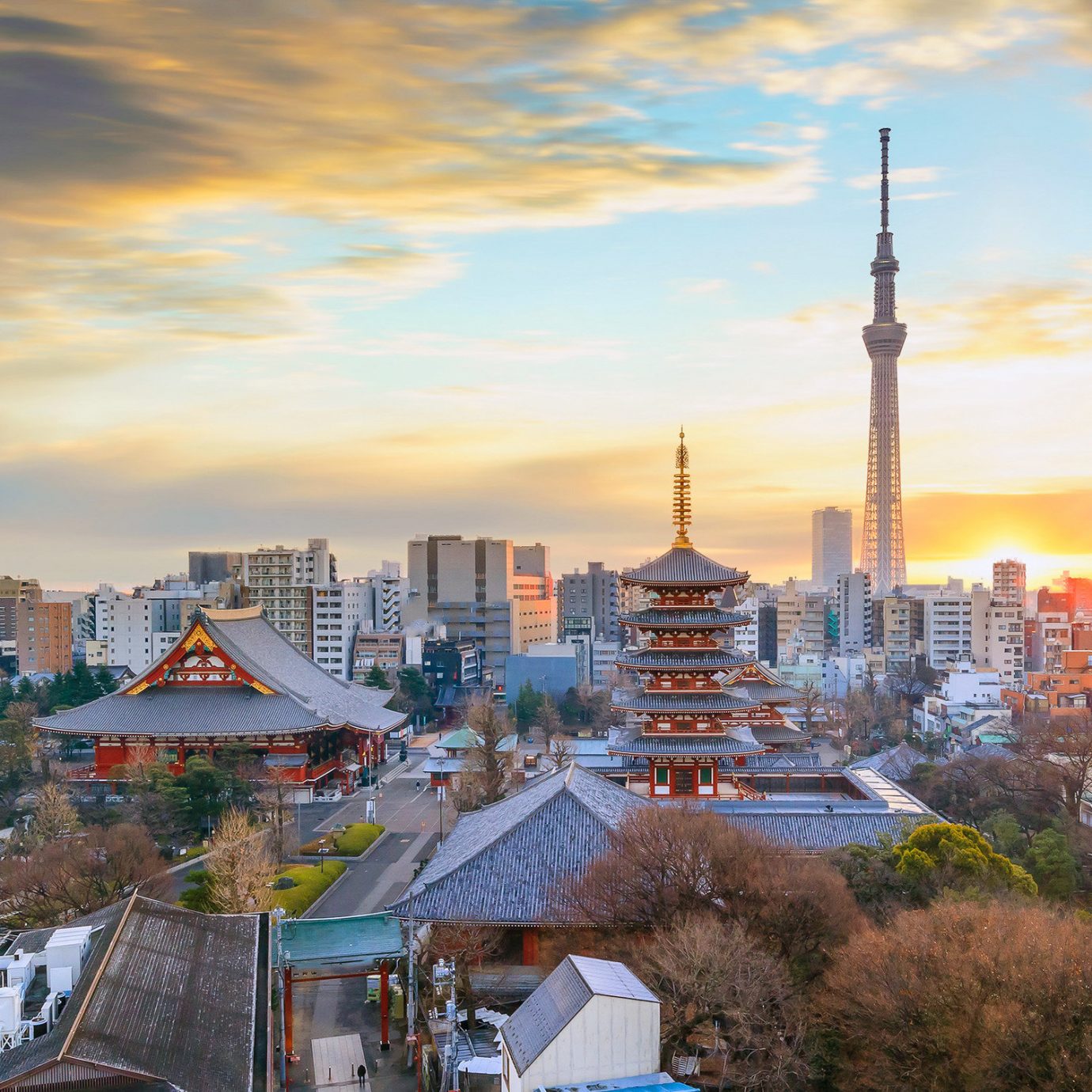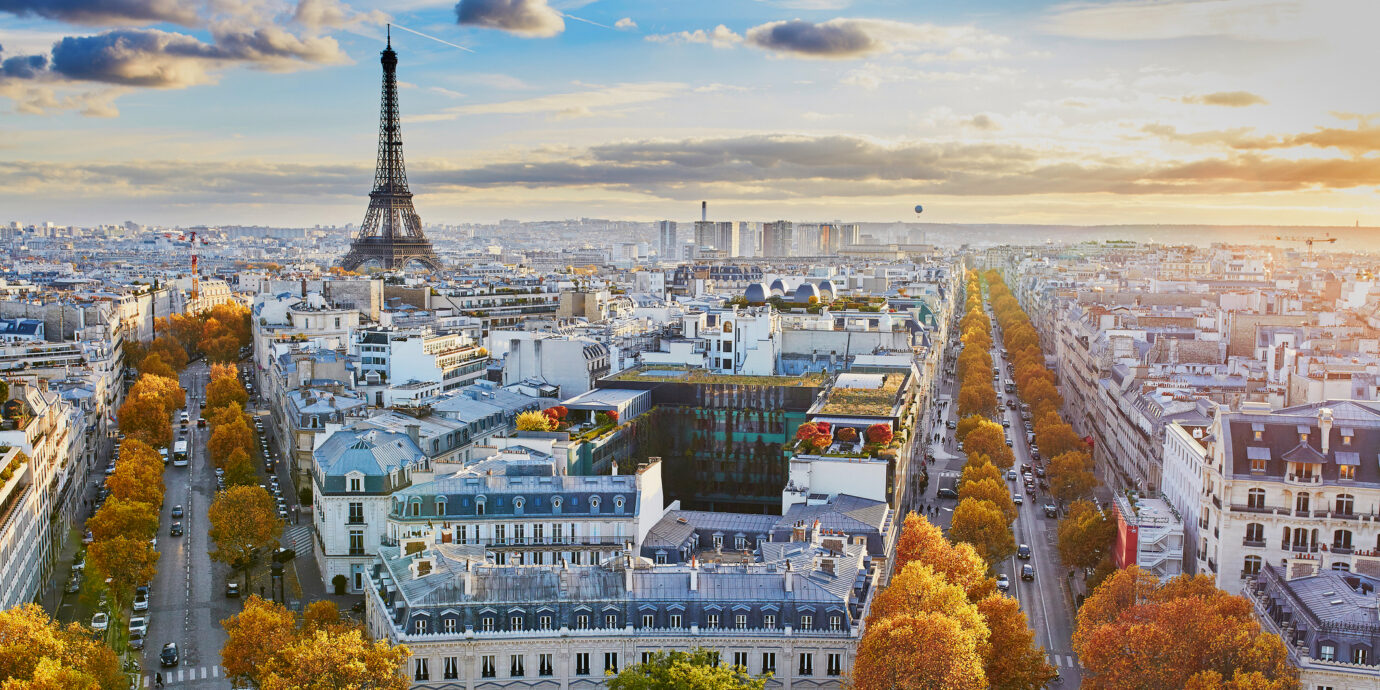
- 1 Inherent Vice: Southern California
- 2 Shantaram: India
- 3 The Great Gatsby: Long Island, NY
- 4 Beautiful Ruins: Italy
- 5 Fear and Loathing in Las Vegas
- 6 The Beach: Gulf of Thailand
- 7 The English Patient: the Libyan Desert
- 8 A Moveable Feast: Paris
- 9 Love in the Time of Cholera: the Caribbean coast
9 Literary-Inspired Destinations We Love
You may only experience one or two trips of a lifetime, but lose yourself in the pages of a novel, and you can live a thousand lives: see the world's wonders, embark on history's greatest epic journeys and let the words transport you to another place and time. We round up 9 novels that will set you on your way, from Hunter S. Thompson’s Fear and Loathing in Las Vegas to Ernest Hemingway's A Moveable Feast.
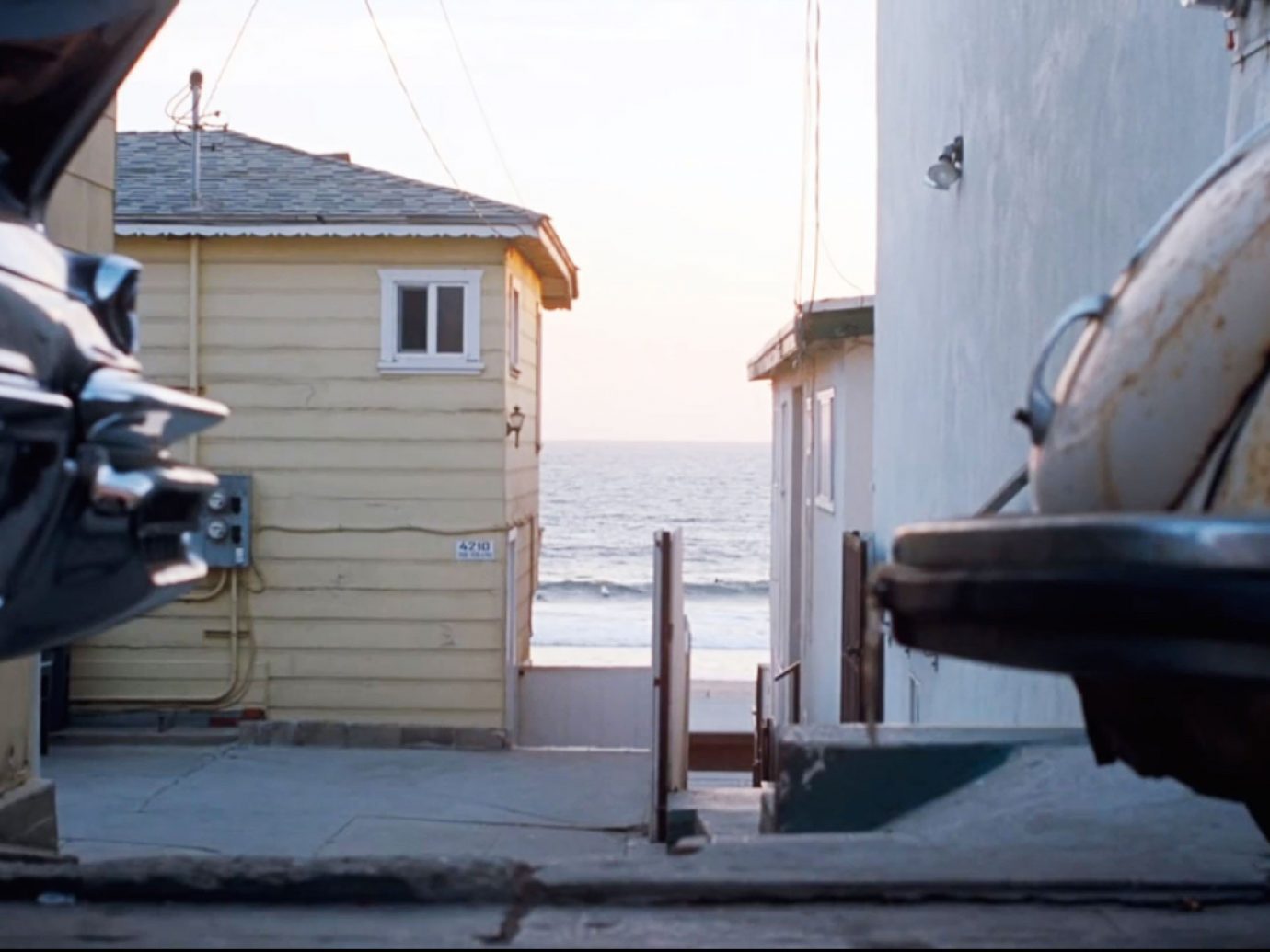
Inherent Vice: Southern California
Thomas Pynchon fans pore over every loose end and absurd coincidence in the deliriously convoluted plot line of his 2009 cult classic Inherent Vice. We don’t know about you, but the author’s downright psychedelic depiction of ‘70s southern California surf culture was what kept us interested when sh*t got strange. From shanty beach towns to spiritual recovery clinics and ramshackle seafood joints, the book has us dreaming of a career as a beach bum and the kind of hair ‘do that requires an “Afro” pick. As they say, “change your hair, change your life.”
Our Favorite Passage: “It had been dark at the beach for hours, he hadn’t been smoking much and it wasn’t headlights—but before she turned away, he could swear he saw light falling on her face, the orange light just after sunset that catches a face turned to the west, watching the ocean for someone to come in on the last wave of the day, in to shore and safety.”
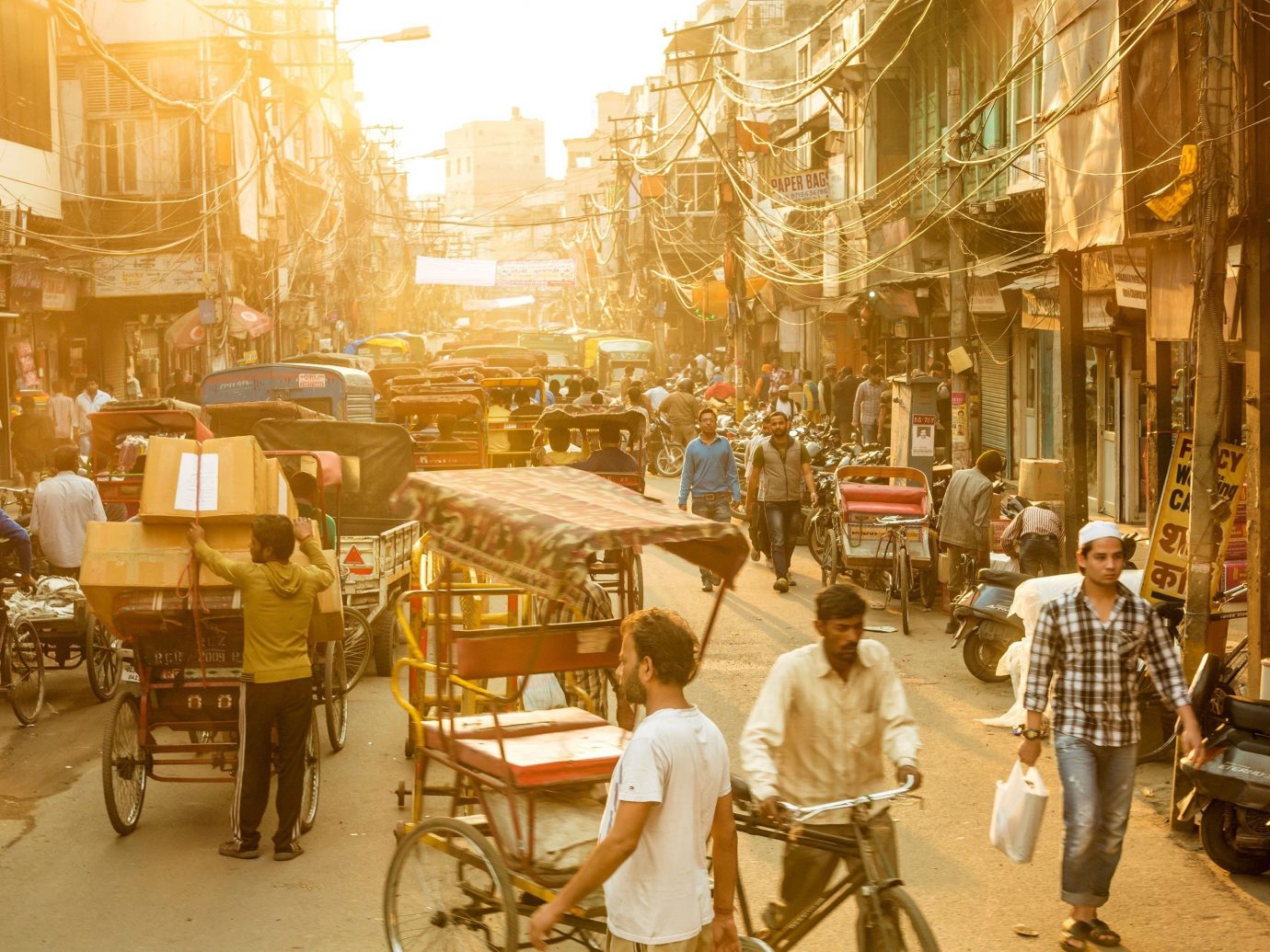
Shantaram: India
At a hefty 936 pages, Gregory David Robert’s semi-autobiographical Shantaram is a beast of a novel. But don’t be intimidated by its mammoth size: the spellbinding epic — equal parts adventure, romance and travel log — gives a portrait of Bombay so captivating you’ll want to devour it in one sitting. Prepare to be dazzled by descriptions of the city’s ornamental skyline, its bustling, colorful marketplaces, and its labyrinth of winding alleyways.
Our Favorite Passage: “Traffic churned through the streets with wondrous and mysterious efficiency—a ballistic dance of buses, trucks, bicycles car, ox-carts, scooters, and people. The open windows of our battered bus gave us the aromas of spices, perfumes, diesel smoke and the manure of oxen, in a steamy but not unpleasant mix, and voices rose up everywhere above unfamiliar music.”
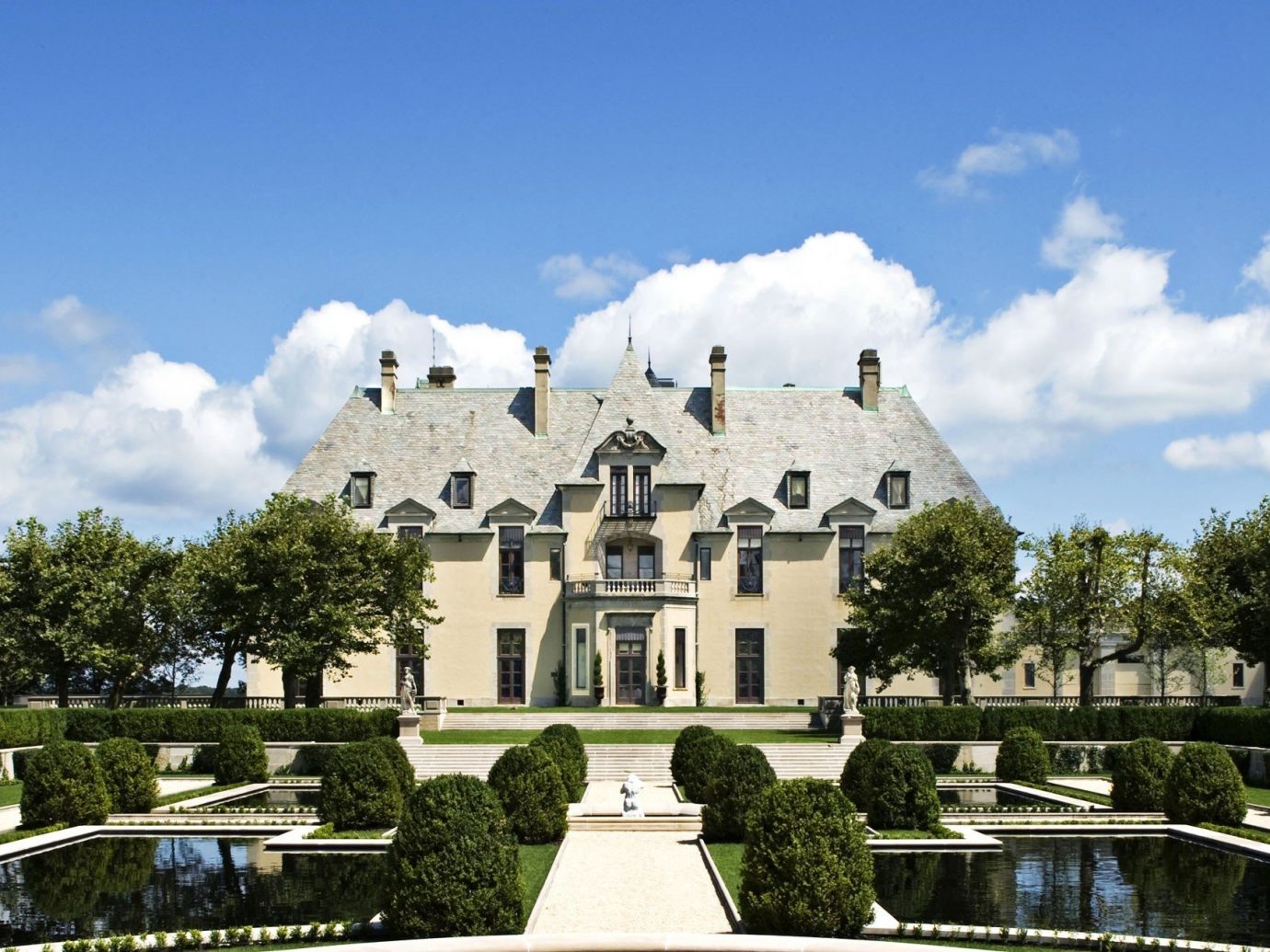
The Great Gatsby: Long Island, NY
Never was there a better party host than Jay Gatsby. With his lavish waterfront mansion and fleet of gleaming Rolls-Royces carrying slinky, tassel-wearing socialites to and from the fabulous lights of New York City, Gatsby made Long Island’s West Egg the place to boogey down — er, do the Charleston — on Saturday nights circa 1920. These days, “old money” and “new money” leave their differences behind at the Oheka Castle on Long Island’s Gold Coast, a private residence-turned-hotel that was built in 1914 and served as partial inspiration for Gatsby’s estate.
Our Favorite Passage: “There was music from my neighbor’s house through the summer nights. In his blue gardens men and girls came and went like moths among the whisperings and the champagne and the stars.”
RELATED: Where to Go in the Hamptons Based on Your Personality
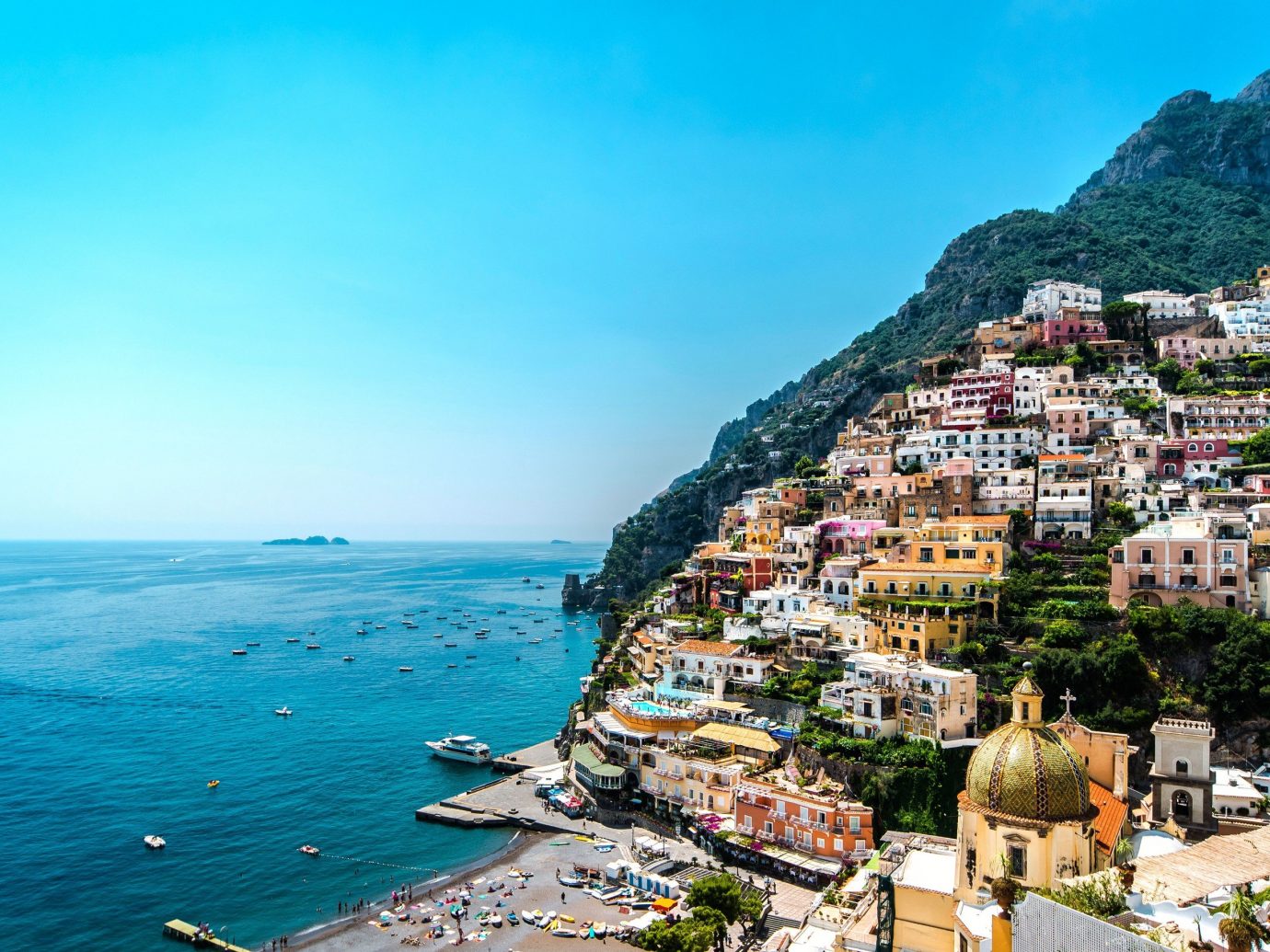
Beautiful Ruins: Italy
Jess Walter’s immensely readable sixth novel, Beautiful Ruins, begins with a young Italian innkeeper, Pasquale Tursi, who, “chest-deep in daydreams,” fantasizes about luring American visitors to his crumbling cliff-top hotel in the (sadly, fictional) Italian fishing village of Porto Vergogna. What follows is a Dolce Vita-era love story spanning 50 years and multiple countries, though we were most swept up by Walter’s descriptions of the isle’s craggy coastline and shimmering Ligurian Sea views.
Our Favorite Passage: “A tight cluster of a dozen old whitewashed houses, an abandoned chapel, and the town’s only commercial interest — the tiny hotel and cafe owned by Pasquale’s family — all huddled like a herd of sleeping goats in a crease in the sheer cliffs. Behind the village, the rocks rose six hundred feet to a wall of black, striated mountains. Below it, the sea settled in a rocky, shrimp-curled cove, from which the fishermen put in and out every day.”
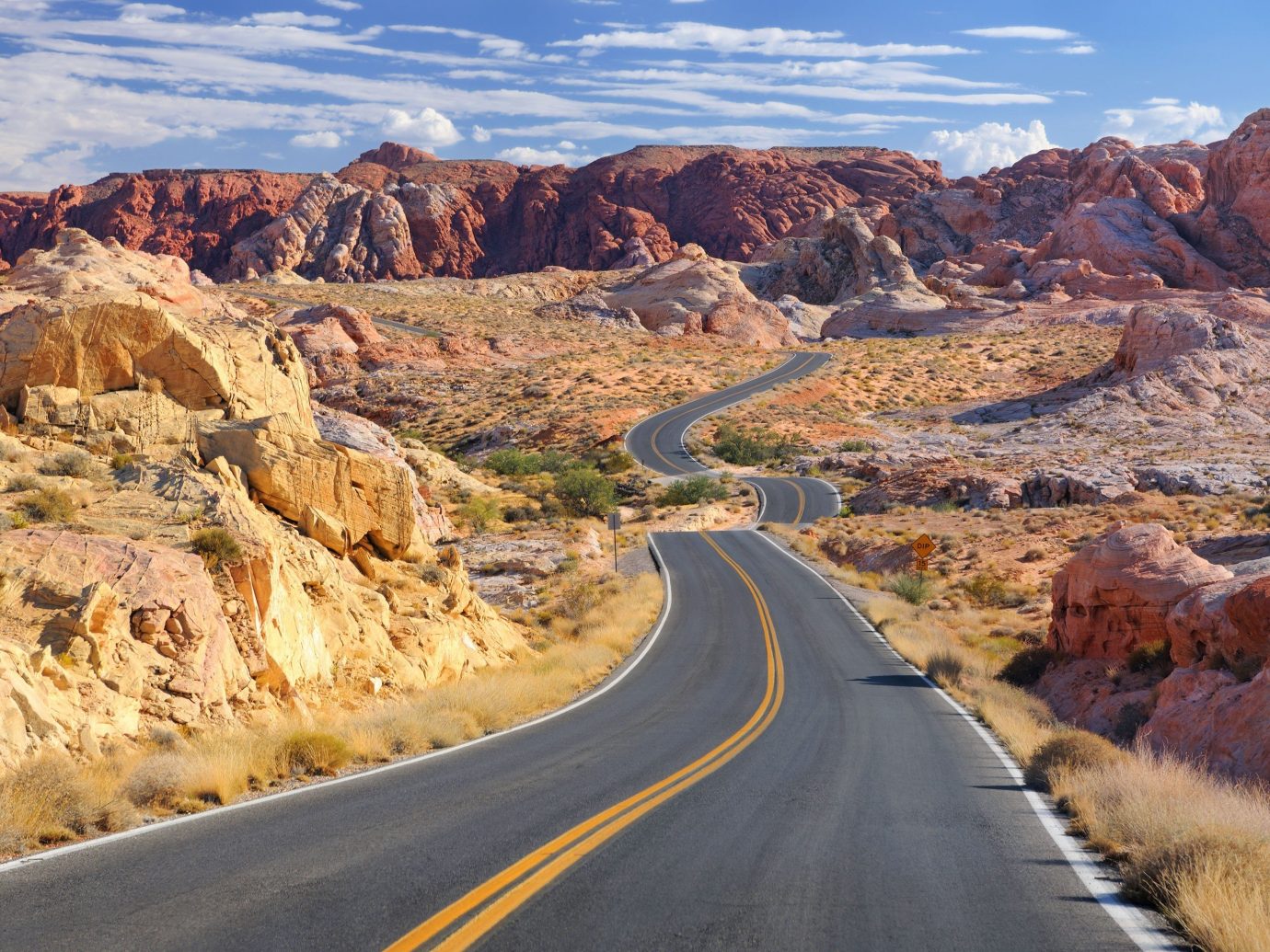
Fear and Loathing in Las Vegas
Save yourself the hangover, and vicariously embark on a drug-addled road trip through Hunter S. Thompson’s corrosive 1971 magnum opus, Fear and Loathing in Las Vegas. Paranoid, narcotic-soaked descriptions of the red-hazed dust clouds, the keening howl of police sirens and the neon excess of the Vegas Strip is sure to leave your head spinning, sans hallucinogens.
Our Favorite Passage: “Every now and then when your life gets complicated and the weasels start closing in, the only real cure is to load up on heinous chemicals and drive like a bastard from Hollywood to Las Vegas. To relax, as it were, in the womb of the desert sun. Just roll the roof back and screw it on, grease the face with tanning butter and move out with the music at top volume, and at least a pint of ether.”
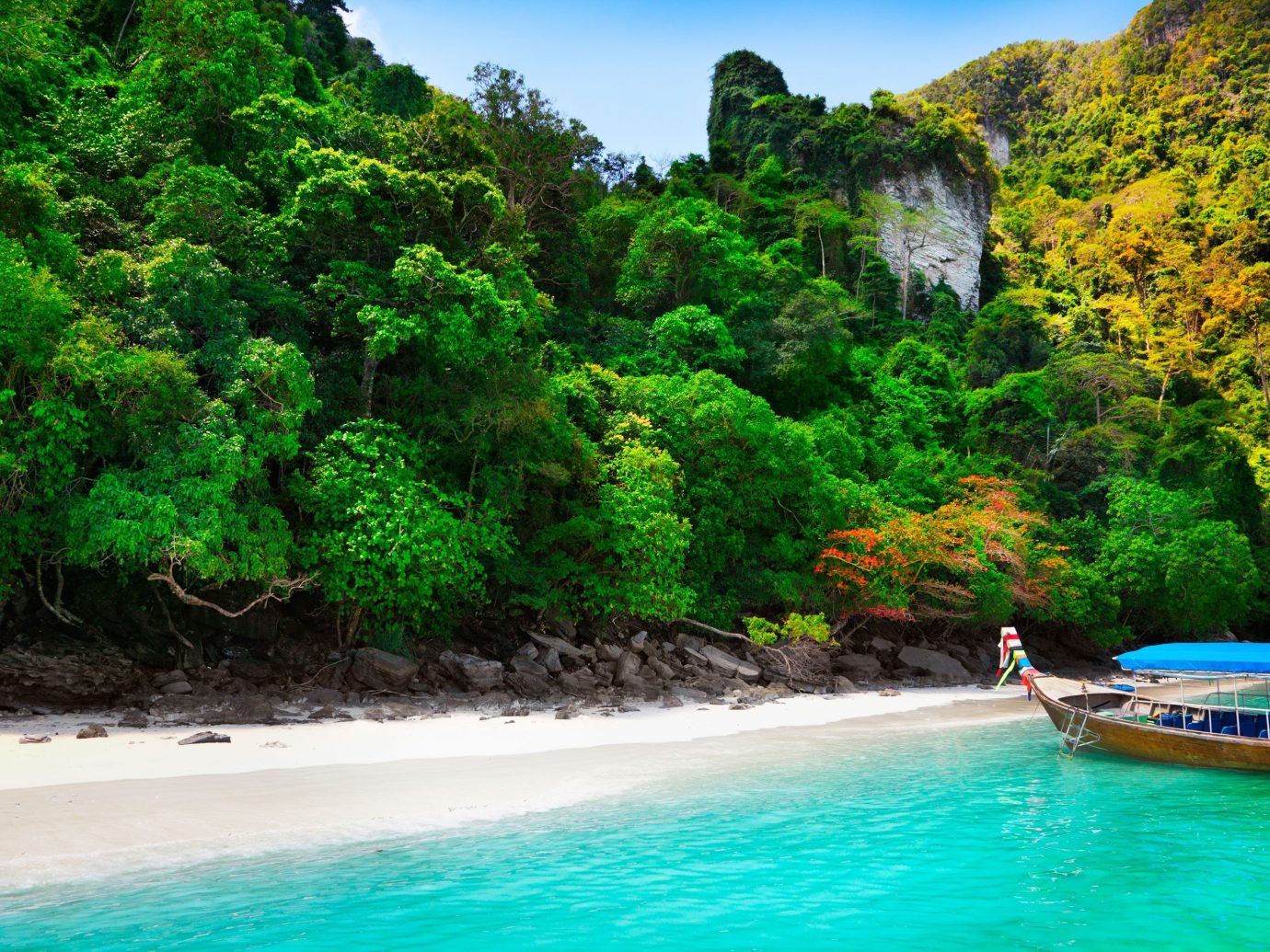
The Beach: Gulf of Thailand
Picture a perfectly secluded beach unspoiled by commercial developments, off-limits to tourists, and located on a “secret” island in the Gulf of Thailand. Sounds like your dream beach vacation, right? Read Alex Garland’s national bestseller The Beach, and you won’t even have to step onto a plane to feel like you’ve reached paradise. Surrounded by crystalline waters and bristling with fragrant marijuana fields, the novel’s setting takes the meaning of a brain-off-bliss-out getaway to a whole new level.
Our Favorite Passage: “Freshwater falls scatter the island, surrounded by jungle—not the forests of inland Thailand, but jungle. Canopies three levels deep, plants untouched for a thousand years, strangely colored birds and monkeys in the trees.”
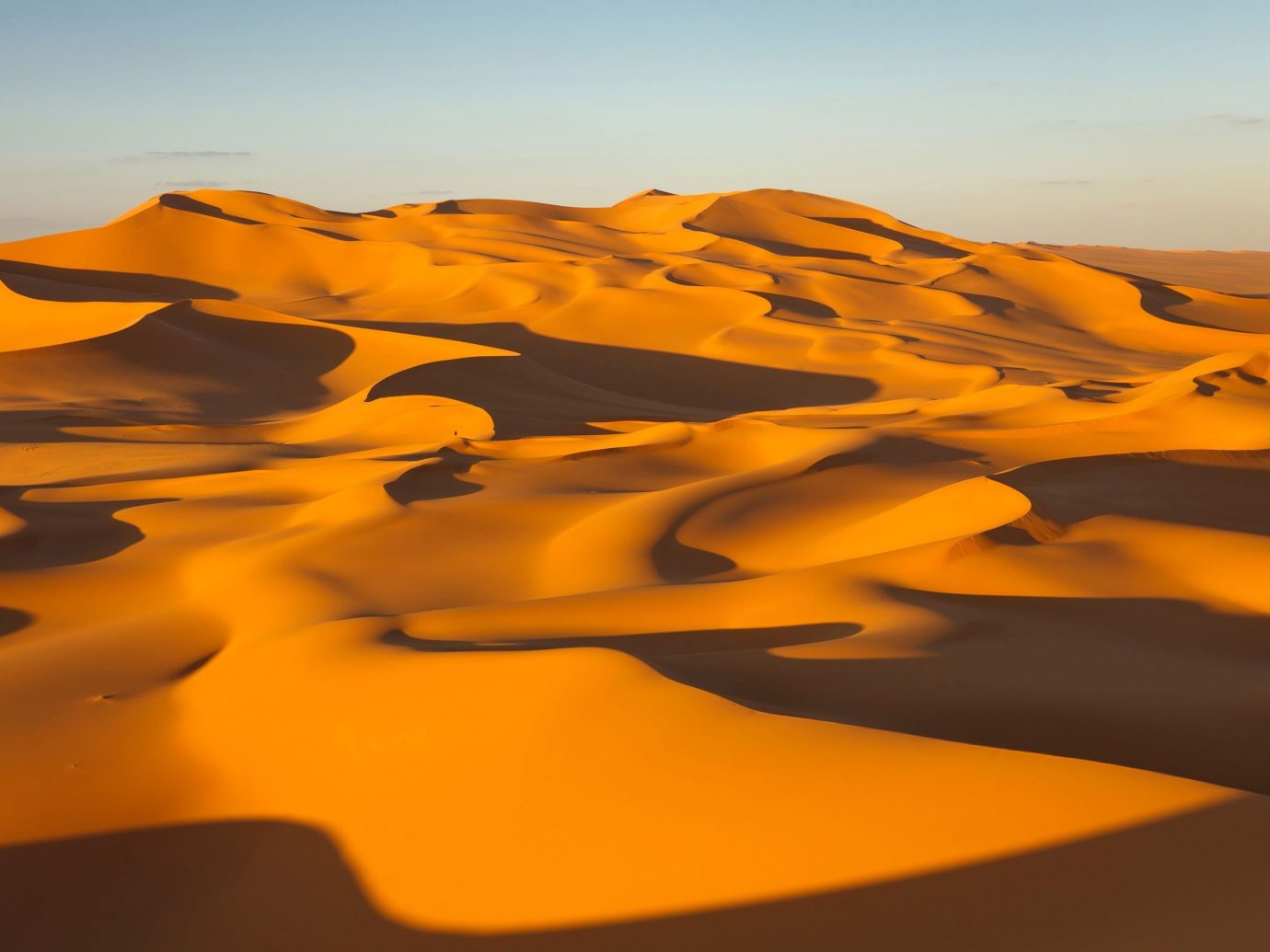
The English Patient: the Libyan Desert
Michael Ondaatje’s Booker Prize-winning novel weaves throughout time and place, offering a devastatingly beautiful account of life during and after Word War II. While the novel primarily takes place in a small villa in the hills of Florence, Italy, the story is at its most captivating when set against the sunbaked backdrop of the Libyan Desert. Described as barren, vast and wholly unmappable, the desert takes on a dreamy, mystical quality that has us swooning.
Our Favorite Passage: “The desert could not be claimed or owned—it was a piece of cloth carried by winds, never held down by stones, and given a hundred shifting names … its caravans, those strange rambling feast and cultures, left nothing behind, not an ember…”
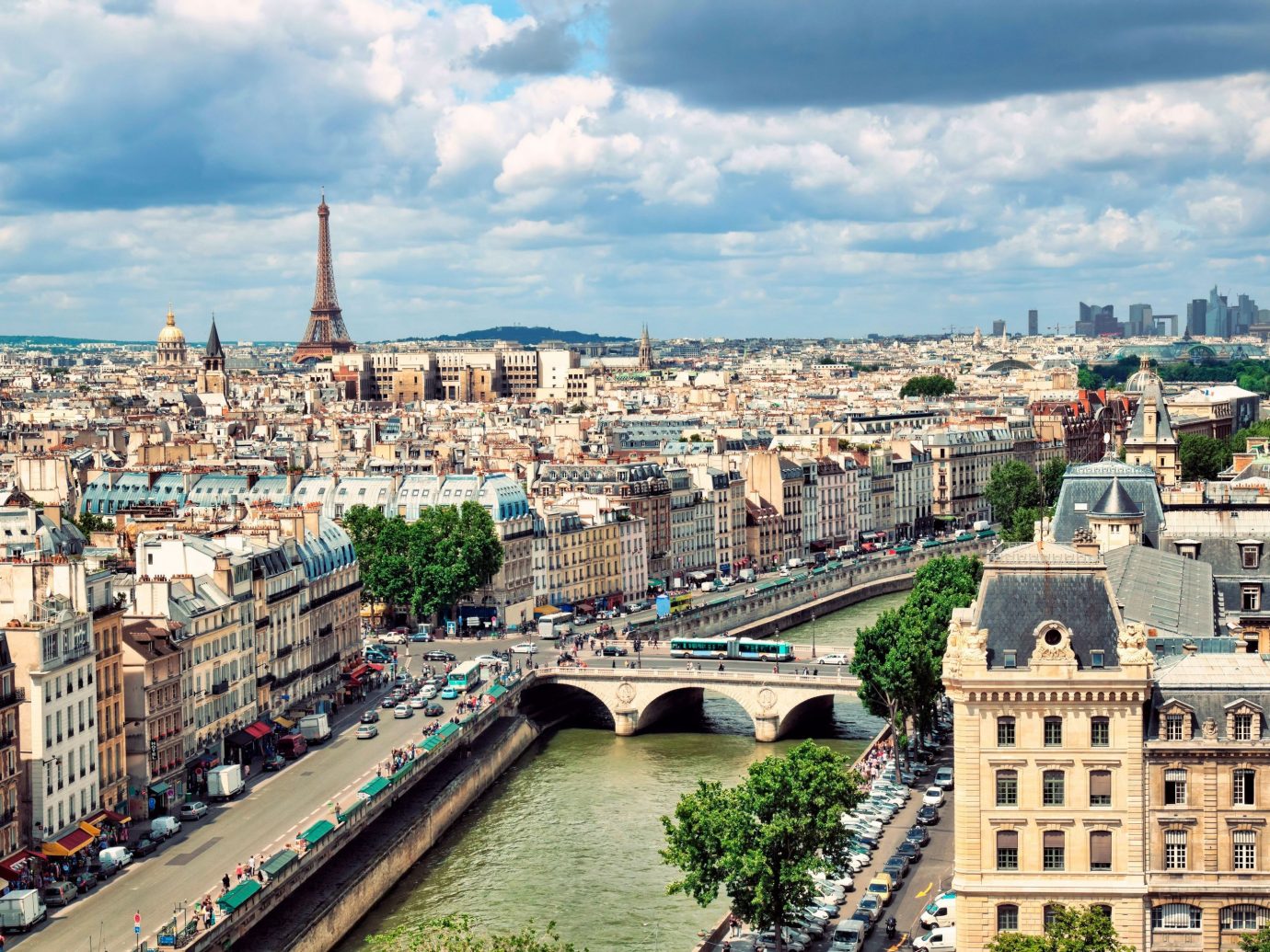
A Moveable Feast: Paris
Whoever said that artists live thankless and punishingly lonely lives has never read Ernest Hemingway’s, A Moveable Feast. Between long afternoons spent eating and drinking in crowded Parisian cafes and watching fisherman cast their lines along the Seine, Hemingway’s 1920’s memoir captures the City of Lights at its most postcard-perfect. Bookish types will revel in the author’s conversations with literary luminaries, Gertrude Stein, Ford Madox Ford and F. Scott Fitzgerald, while the rest of are sure to be enchanted by his descriptions of Parisian institutions, the Café Closerie des Lilas, Jardin du Luxembourg and Boulevard St. Germain.
Our Favorite Passage: “At the head of the Ile de la Cité below the Pont Neuf where there was the statue of the Henri Quatre, the island ended in a point like the sharp bow of a ship and there was a small park at the water’s edge with fine chestnut trees, huge and spreading, and in the currents and back waters that the Seine made flowing past, there were excellent places to fish. You went down a stairway to the park and watched the fishermen there and under the great bridge.”
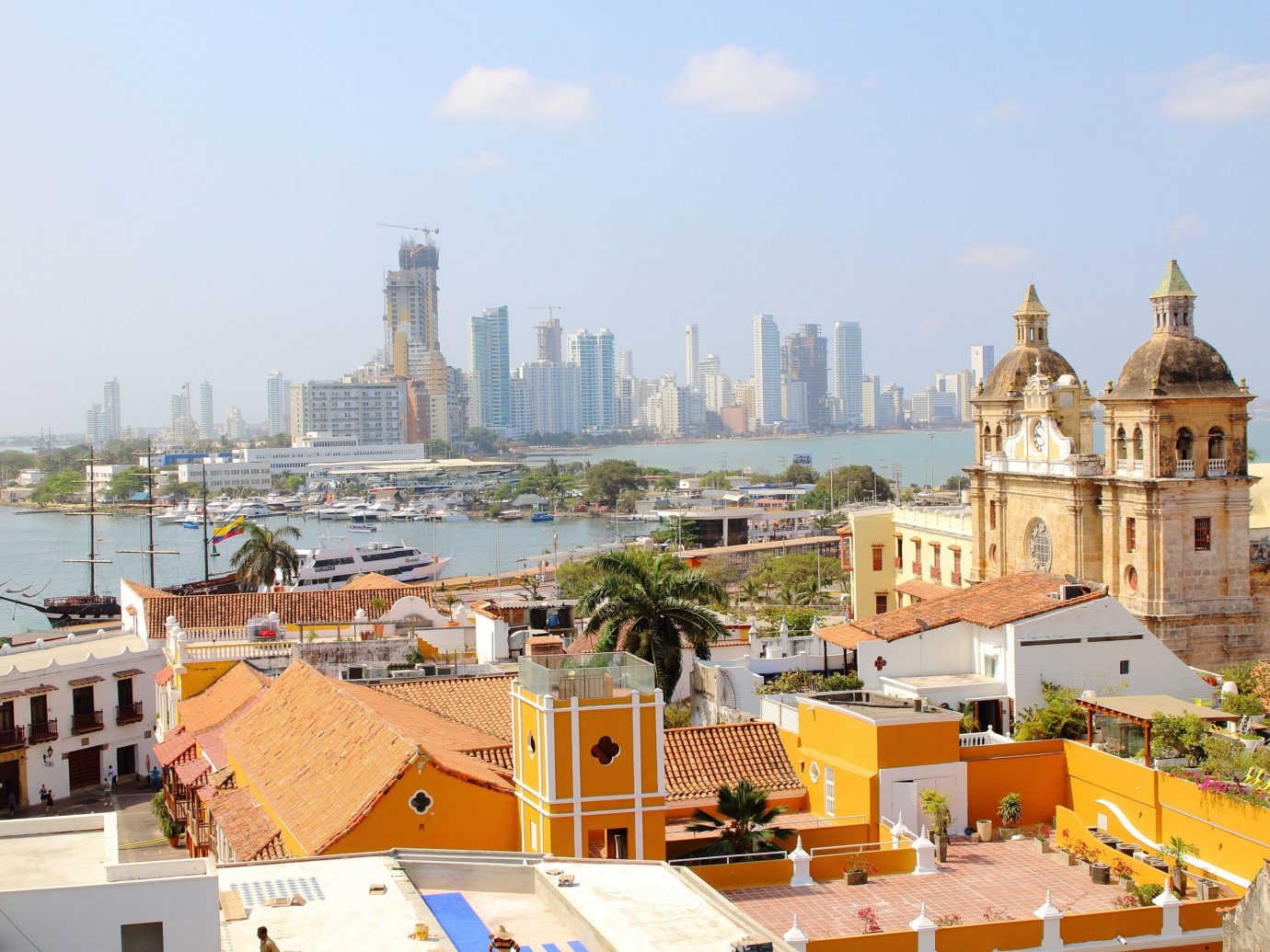
Love in the Time of Cholera: the Caribbean coast
When most people talk about Gabriel García Márquez’s Love in the Time of Cholera, the story’s fictional setting — an unnamed Caribbean port city on the banks of the Magdalena River — usually goes without mention. And why wouldn’t it in a novel about all-consuming, can’t-eat-can’t-sleep L-O-V-E? Once you’re done poring over all the juicy passages, we’d recommend turning your attention to Márquez’s description of the majestic “City of the Viceroys”—a charming seaside city teeming with open-air chess cafes and breezy docksides.
Our Favorite Passage: “Along the rough cobbled streets that had served so well in surprise attacks and buccaneer landings, weeds hung from the balconies and opened cracks in the whitewashed walls of even the best kept mansions and the only signs of life at two o’clock in the afternoon were languid piano exercises played in the dim light of the siesta …”
Read Your Favorites on an E-Reader
Want more?
- Jackie’s Best Beauty Buys
- 17 Products to Keep You Healthy on the Road
- The Cutest Workout Clothes for the Season
Comments
All products are independently selected by our writers and editors. If you buy something through our links, Jetsetter may earn an affiliate commission.
Become a Jetsetter.
Use our insider connections to know where to go and what to do.
By proceeding, you agree to our Privacy Policy and Terms of Use.
Thanks for Signing Up!




